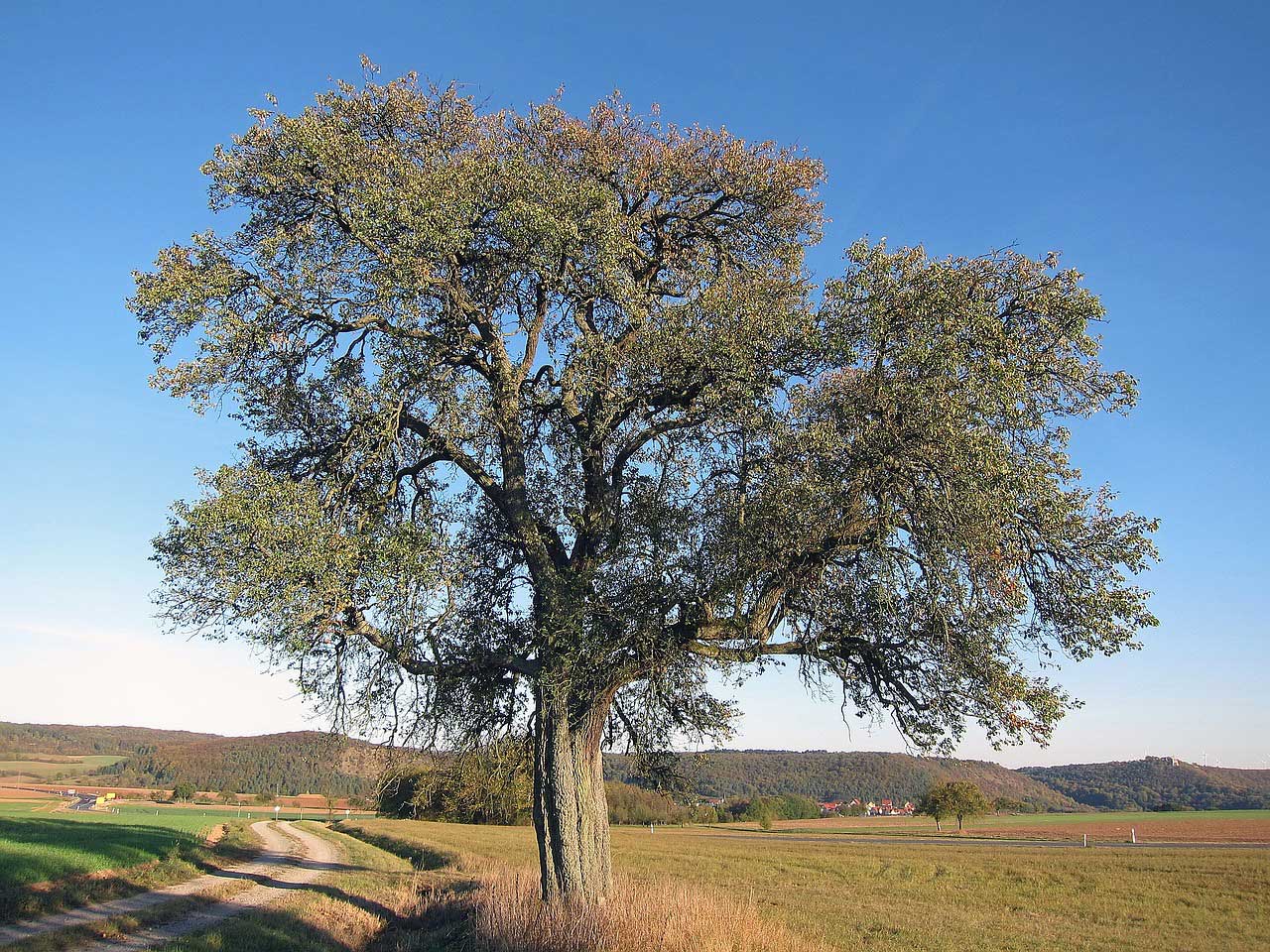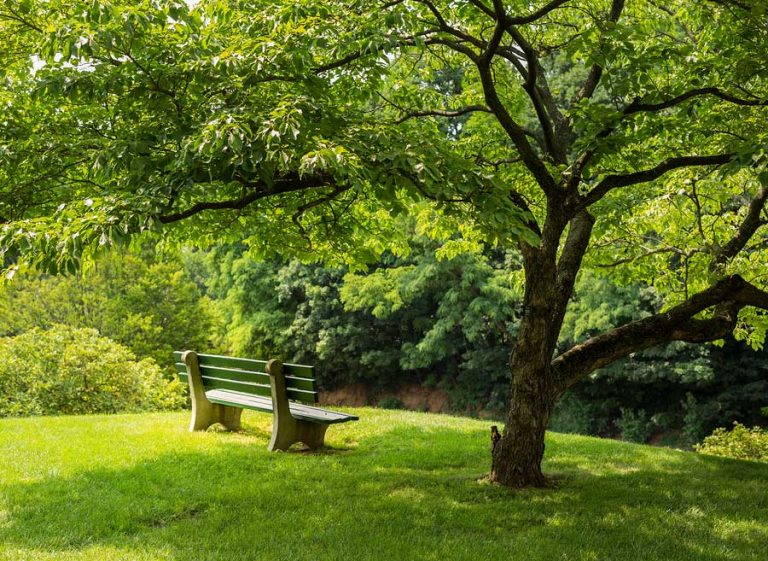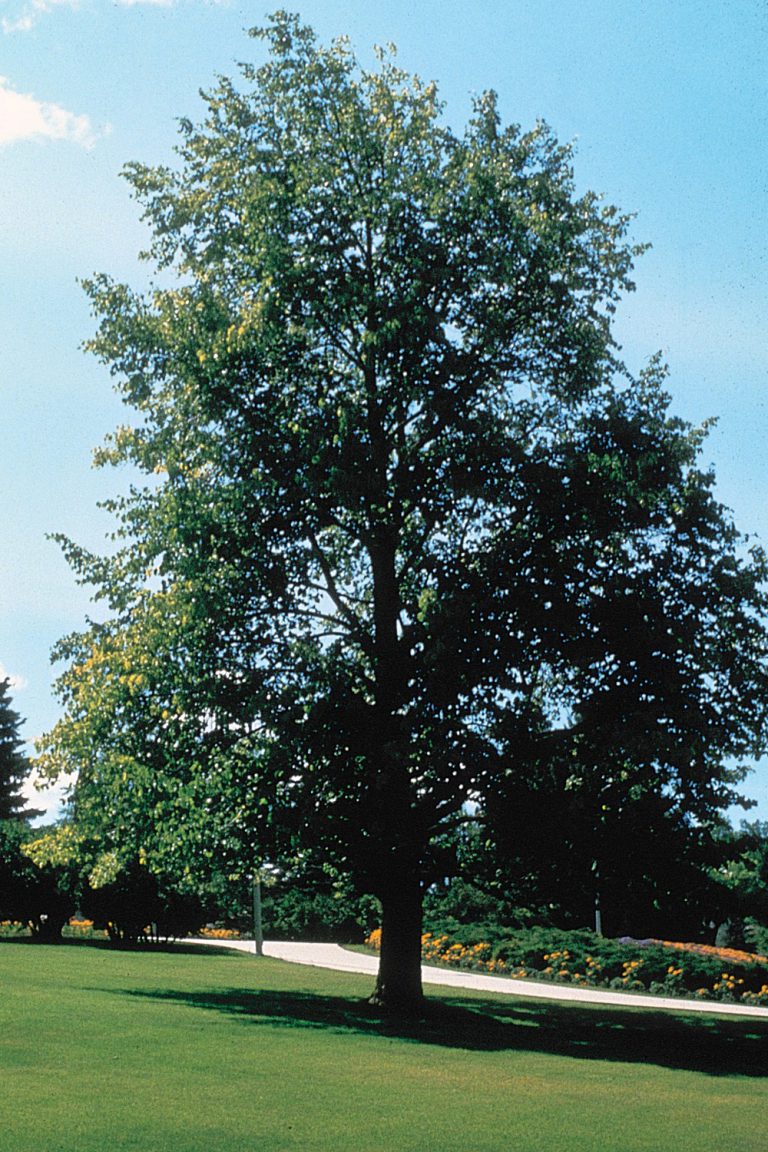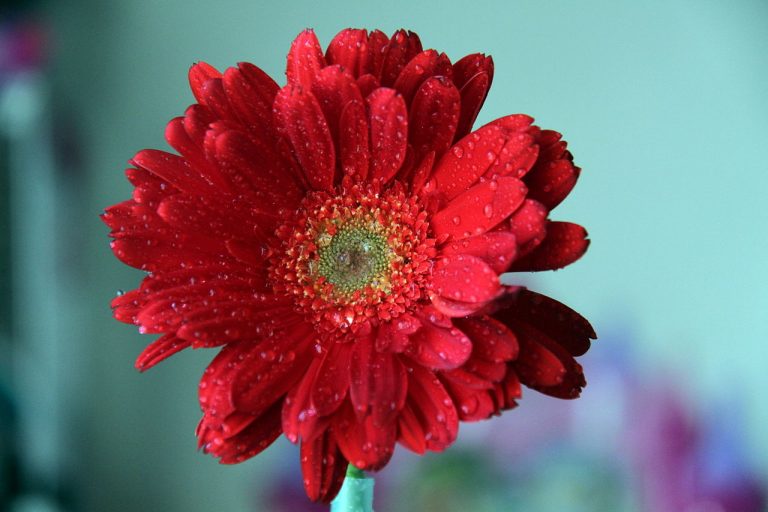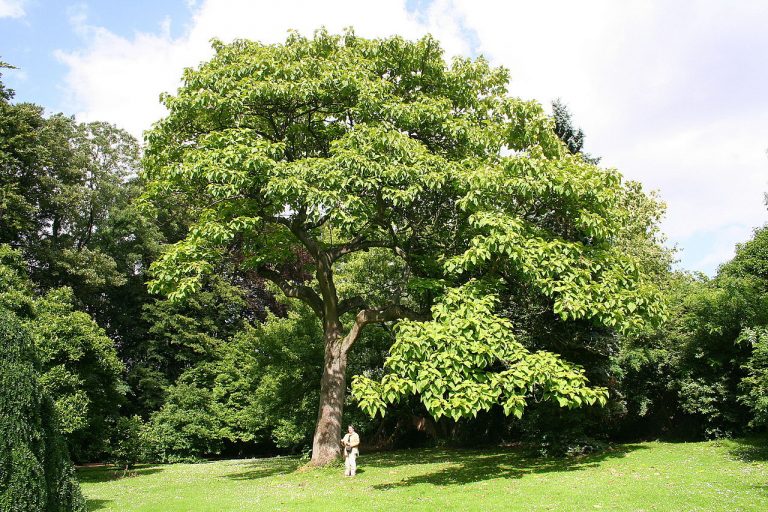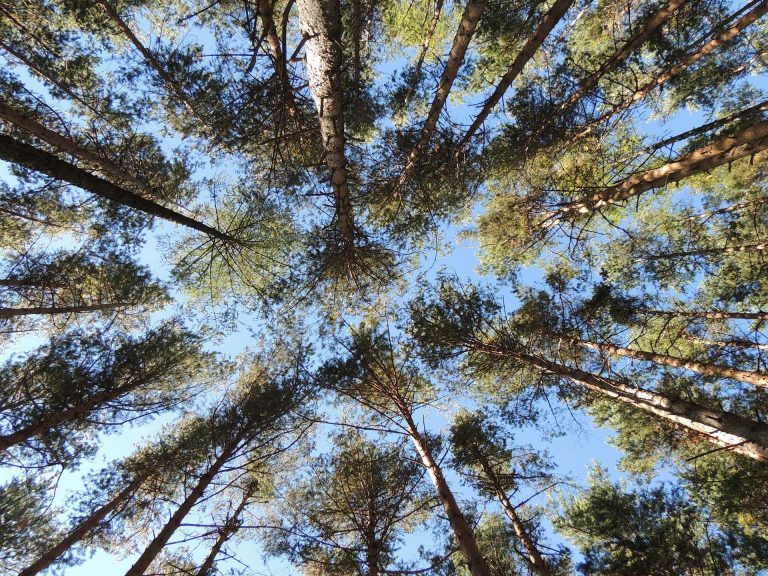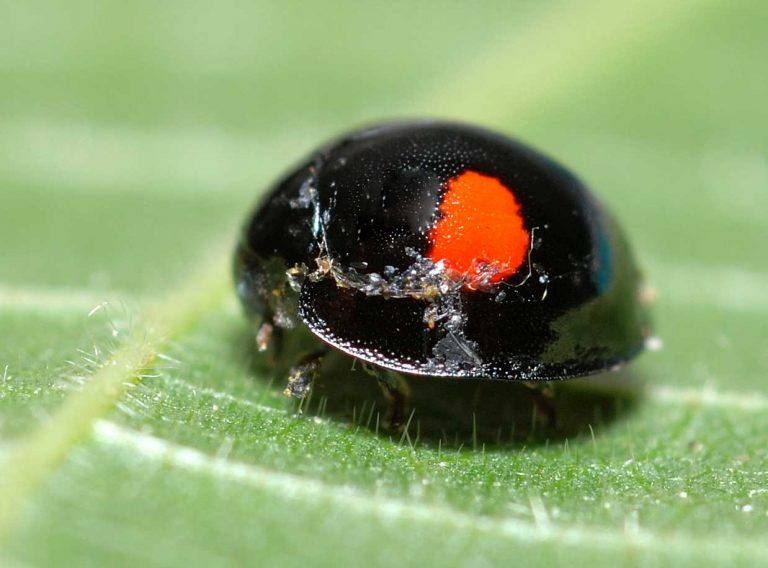Pear Tree
Scientific classification
| Kingdom: | Plantae |
| (unranked): | Angiosperms |
| (unranked): | Eudicots |
| (unranked): | Rosids |
| Order: | Rosales |
| Family: | Rosaceae |
| Subfamily: | Amygdaloideae |
| Tribe: | Maleae |
| Subtribe: | Malinae |
| Genus: | Pyrus |
The pear tree produces fruit and occupies a position in the Pyrus genus. Classified as sub-tribe Pyrinae under the tribe Pyreae. Their fruits are delicious, juicy and a delight to eat.
It is one among the many varieties of shrubs that comprises the Rosaceous family. We also call it a pomaceous fruit tree. There are different varieties of pears; some are edible, whereas others are grown for ornamental purposes.
In general terms, these pears are classified into 2 groups, i.e. desert pears that are edible and the other “cookers,” for cooking, as the name implies.
Anatomy
The characteristics of the pear tree are: it has a broad crown and when fully grown and it reaches a height of 13 m (43ft). When compared to the apple tree, it is extra erect, and reaches a greater height. The leaves are oval and more or less round with the texture of leather, At times the leaves at the base are shaped like a wedge. The fruit and flowers appear simultaneously. The flowers are almost 2.5 cm (1 inch) in width and normally white in color. The flowers of the apple and pear trees look alike, with the exception that, at the base, the 5 styles separate. The varieties of pear that do not bear fruits, like the Bradford pear are cultivated for ornamental purposes
The characteristic features of the leaves are: they are ordinary leaves of length 2 to 12 cm (0.79 to 4.72 in), certain type of leaves are green in color with glossy appearance, some varieties are hairy-silvery and thickly arranged. The shape of the leaves differs from oval and broad to thin lanceolate. Still, there are few in the southern, eastern parts of Asia that are evergreen, but the Majority of them are deciduous The majority of them are cold-hardy, the pear tree tolerates temperatures of -25°C to -40°C (-13°F to -52°F during winter, but the evergreen variety withstands temperatures only as low as-15°C (5°F).
The color of the flowers is white and occasionally they have a yellow or pink tint. The flowers are round in shape with a diameter of 2 to 4 cm (0.79 to 1.57 in). The pear fruit is also a pome, like that of the apple. The pomes of the wild types are 1 to 4 cm (0.39 to 1.57 in) in diameter, but that which is grown for cultivation are of breath 8 cm (3.1in) and length 18 cm (7.1in). The majority of the varieties has globose (spherical) or oblate flowers and the European pear has classical “pear shape”with a bulbous end, and the base is stretched.
The top portion of the stalk of the flower (which we call calyx tube) is much dilated and forms the fruit that is made up of receptacles. And the real fruit is enclosed in the cellular flesh.
The 5 cartilaginous carpels is which we commonly call the “core” The 5 petals, 5 sepals and the stamens spring out of the top lip of the receptacles.
This tree grows to an average height of 10 to 17 m (33 to 56ft.), some are shrubs but some have a thin crown.
Habitat
The habitat of the pear tree is the western regions of Europe and the Northern regions of Africa, east of Asia, and the regions of moderate temperatures of the primitive ages.
GROWING AT HOME
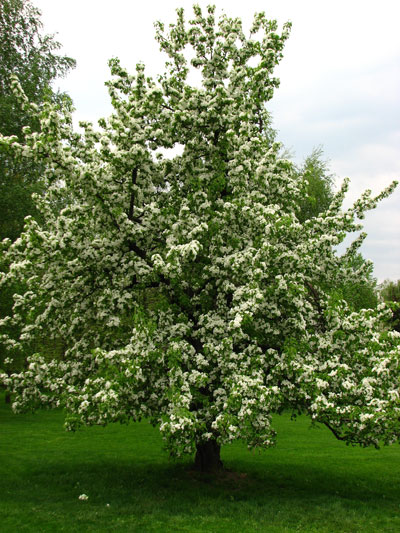
Photo by: Andrey Korzun
Soil for Planting
Pears are appetizing; they tolerate a great variety of soils. Besides, it is possible to plant a pear tree within a limited area, by which gardeners who yearn to grow fresh fruits have a good option.
A sunny site with partial shade is the best for growing a pear tree, which does not experience any sort of frost. Keep the soil properly drained, and to a sufficient depth.
Retain the soil with reasonable fertility. During the blossoming and budding periods avoid frost, which otherwise will create havoc to the flowers and there will be a significant drop in the yield.
Planting
- In case you are residing away from the arid western regions, make a choice of rootstocks and fire blight varieties that are resistant.
- Between plants you need a minimum of 2 different types of pear trees, since cross pollination is essential for bearing fruit. Ensure that the two types agree with each other.
- Grow your pear tree in a fertile, properly drained soil, in a place where plenty of sunlight is available and where there is proper circulation of air, during the beginning of spring or in winter.
- Maintain a distance of 20 to 25 ft between the normal sized trees and 12 to 15 feet in the case of dwarf trees.
- For the trees that are grown in containers, take out the plant from the container and discard any roots that are circling, by placing the root ball sideways and lancing the roots with a shear.
- In the case of grafted pear trees, while planting, place the inner curve where the graft is united quite distant from the sun.
- Make a hole of width and depth slightly more than the root spread. Place the tree a tiny mound of soil in the center of the hole. Make certain that you spread the roots away from the trunk by not bending the roots too much. Avoid mixing topsoil or fertilizers in the hole.
- For the formation of roots, it is essential that you water your tender plants sufficiently during the dry seasons for the good growth of roots.
Watering
- Once your pear trees are set, frequently water them when the fruits begin to swell.
- After your trees are established, water them regularly, especially when they are freshly planted or when they are in pots.
Care
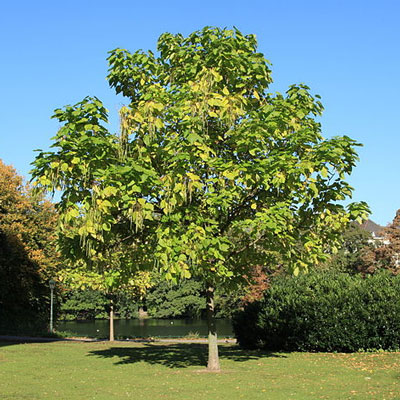
- In the case of the pear tree, there is no complication and it is easy to nurture them, unlike other trees. They are not easily affected by insects; neither are they prone to much disease, which means they are easy to grow. Immediately after planting, you need to take care of them. In order to have your pear trees grow erect and tolerate the destruction by wind, give it a good support by driving a strong stake into the ground. Provide enough mulch all around your pear tree to a distance of 3 feet from the trunk so that there will not be a problem of weeds drawing up water and nutrition.
Fertilizers are added only in the case of very weak soil, otherwise add them only yearly.
- At the beginning of the year, add a little quantity of a fertilizer like ammonium nitrate consisting of 1/8 pounds per tree x the years of planting the tree in a soil of average fertility. Minimize the amount of fertilizer for soil that is fertile.
- In case you notice that the leaves are light yellow or green in the summer months, then use a little more fertilizer in the coming year.
- In case the tree has grown over 12 inches in a season, the following year reduces the amount of fertilizer.
- Take care while adding fertilizer! In case excess nitrogen is present, the tree becomes highly vulnerable to fire blight.
- Prune your dwarf pear trees to a central leader system. In the case of trees having standard heights, prune them by modifying the leader system or the central leader system, whichever is easily maintainable.
- The characteristic feature of a central leader system is a trunk in the center, having branches spreading within 5 to 8 inches, with no branch overlapping the other. Such a practice is adopted in the beginning of summer for the initial year. This is the time to discard the shoots growing to heights of 18 inches above the ground. Ultimately, this will have the look of a Christmas tree.
- Spreaders are helpful in forming shapes of the branches of the pear tree, and permits the branches to grow width-wise rather than upwards. For tiny branches, make use of clothespins for separating the branches from the central trunk. For branches that are bigger, wooden slats having a notch shaped in the form of a” V” at the ends will be fine.
- A mild pruning done frequently is fine, let not the fruits be densely packed, thinning them with a 6 inch gap between every cluster of fruit on a branch is good. For best yield, prune your pear once a year. Different pear trees have different methods and timings for pruning.
Pest and Pesticides
• Brown Rot: This fungal sickness leads to rotting the fruits with brown color dispersion. At times we see white color pustules of the fungi on its surface. When the summers are wet, they worsen.
• Remedy: Discard the decayed fruits when you notice them, this avoids spreading of the disease for which no chemical remedy is available.
• Pear rust: This disease leads to brilliant spots of orange in found on the top of the pear leaves, seen in the beginning of the autumn season, or in summer.
• Remedy: Discard all the affected leaves immediately when you notice them, by which further spreading of the disease is avoided. No chemical will control this.

Having discovered a fondness for insects while pursuing her degree in Biology, Randi Jones was quite bugged to know that people usually dismissed these little creatures as “creepy-crawlies”.

